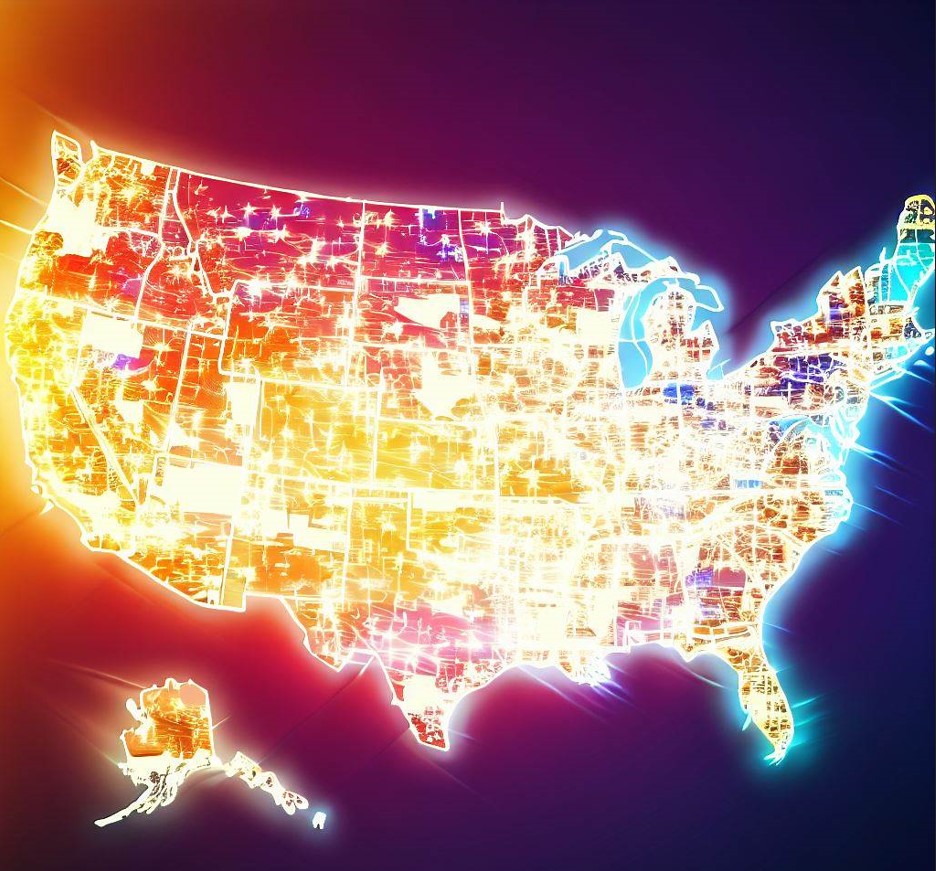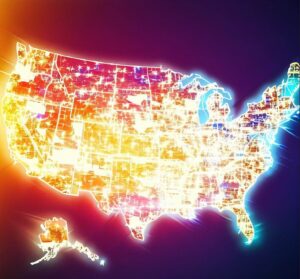Who has the highest utility bills?

Determining which region or state has the highest utility bills can vary depending on various factors such as energy sources, climate conditions, infrastructure, and energy policies. However, there are certain areas in the United States where utility bills tend to be relatively higher. Let's explore some examples:
Northeastern States:
Several northeastern states, including Connecticut, Massachusetts, and Rhode Island, often have higher utility bills. These states experience colder winters, leading to increased demand for heating. Additionally, the region's reliance on natural gas and electricity for heating purposes contributes to higher energy costs.
California:
California, known for its progressive energy policies and high living standards, often experiences higher utility bills. The state's commitment to renewable energy, such as solar power, has led to significant investments in clean energy infrastructure. While this transition promotes sustainability, initial costs and investments may lead to higher electricity prices for residents.
Hawaii:
Hawaii, being an island state, heavily relies on imported fossil fuels for energy generation. Limited local resources and the cost of transporting fuels contribute to higher utility bills in the state. Additionally, Hawaii's unique climate, with warm temperatures year-round, increases the demand for air conditioning, further impacting energy consumption and costs.
Alaska:
Alaska, with its harsh climate and vast geographic expanse, experiences some of the highest utility bills in the country. The extreme cold temperatures necessitate significant heating requirements throughout the long winters. Additionally, the state's remote and isolated communities often rely on diesel generators for electricity, resulting in higher costs.
New York:
While New York City was mentioned earlier as a power-hungry city, the state of New York as a whole tends to have higher utility bills. The state's diverse energy mix, including nuclear power, hydroelectricity, and natural gas, alongside the high population density, leads to increased energy demands and associated costs.
It's important to note that utility bills can vary based on individual usage patterns, housing types, and specific utility providers within each region. Understanding energy-saving practices, investing in energy-efficient appliances, and exploring renewable energy options can help mitigate the impact of high utility bills.
Additionally, platforms like Bid On Energy, mentioned in the previous article, can assist consumers in comparing electricity suppliers and potentially finding cost-effective options in states where energy deregulation exists.
Please keep in mind that utility costs are subject to change, and it's advisable to refer to the most recent data and regional updates to obtain accurate information about the areas with the highest utility bills.
LOWER UTILITY BILLS AND SAVE MONEY
COMPARE COMMERCIAL ELECTRICITY SUPPLIERS

